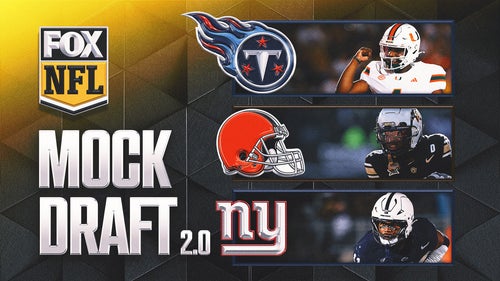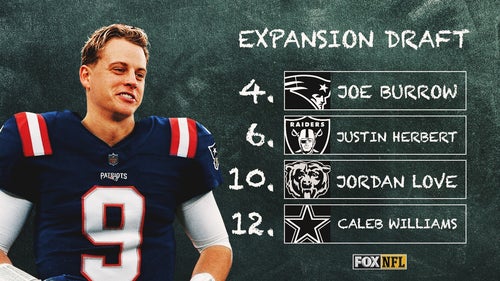
Are Zenner, Abdullah and Riddick Enough For Lions Run Game?
Can Running-By-Committee Approach Work For Lions?
After a rash of injuries at the position in 2016, some national analysts are starting to point to running back as an area the Detroit Lions must upgrade in the offseason. Detroit’s leading rusher was pass-catching specialist, Theo Riddick, finishing with an underwhelming 357 rushing yards.
The last time the Detroit Lions had a 1,000-yard rusher was Reggie Bush in 2013. Bush barely cracked the pedestrian milestone that season (1,006 yards to be exact) as the Lions missed the Playoffs — going 7-9 and costing former head coach Jim Schwartz his job.
Jan 4, 2015; Arlington, TX, USA; Detroit Lions running back Reggie Bush (21) scores on a touchdown run past Dallas Cowboys outside linebacker Anthony Hitchens (59) and Sterling Moore (26) during the first quarter in the NFC Wild Card Playoff Game at AT&T Stadium. Mandatory Credit: Tim Heitman-USA TODAY Sports
Entering that year, many felt Bush would add a dimension, both taking pressure off of Matthew Stafford and bringing up coverage to open things up downfield for Calvin Johnson. While it was true that Bush helped create a more balanced, less predictable offense, the results were the same and the Lions finished the season in a familiar, disappointing way.
The moral of the story is that having a 1,000-yard rusher guarantees you absolutely nothing in today’s NFL. Can it help? Of course, it can! The Dallas Cowboys rode rookie Ezekiel Elliott (1,631 yards, 15 TDs) to a 13-3 season, with a first-round bye. You can also look at the 7-9 Buffalo Bills, led by explosive rusher LeSean McCoy (1,267 yards, 13 TDs) falling well short of the Playoffs, yet again.
So, the question becomes: can the Lions win without an overhaul at the running back position? As Tony examined recently, the Lions’ running backs had an up-and-down season, with injury severely affecting our ability to really judge them.
The presumed starter going into next season — assuming the Lions don’t draft a Dalvin Cook/Christian McCaffrey type early — would be third-year back, Ameer Abdullah. Abdullah was having a good year complimenting Riddick before a foot injury knocked him out for the season.
Abdullah finished the season with 18 carries for 101 yards after just two games. He was looking like the dual-threat weapon built to thrive in Jim Bob Cooter’s wide-open offense. Two games is hardly enough evidence to assume Abdullah is going to be the Lions’ version of Marshall Faulk. Yes, he looked good, but health is an essential requirement of a running back. Some question whether Abdullah’s compact frame is built to endure a 16-game NFL season.
Aug 20, 2015; Landover, MD, USA; Detroit Lions running back Zach Zenner (41) carries the ball against the Washington Redskins at FedEx Field. Mandatory Credit: Geoff Burke-USA TODAY Sports
Then there’s Zach Zenner, who came on strong towards the end of the year. Zenner isn’t quite as elusive or as fast as Riddick or Abdullah, but offers both power and vision that neither have in the running game. As earlier stated, it’s too soon to know if Abdullah can be that guy. Zenner is a great complementary back, that can be very effective in goal line or short-yardage situations. He finished with four touchdowns and 334 yards on the ground.
Does this trio of Zenner, Abdullah and Riddick have enough between them to hold off a potential high draft pick? Factor in the explosive rookie, Dwayne Washington, and things get even more complicated.
Outside of acquiring Reggie Bush, free agency is rarely a place to get your feature back. Plus, the draft is full of potential stars at the position. What will the Lions do? This is a question that I cannot answer. If New England is the standard (Bob Quinn’s former franchise) then we can assume the Lions will stand pat with the current group. Whether or not this by-committee approach will work in Detroit is something that fans will likely be debating until the draft.
Like SideLion Report on Facebook! and follow Matt on Twitter @MattUrben88
More from SideLion Report
This article originally appeared on










